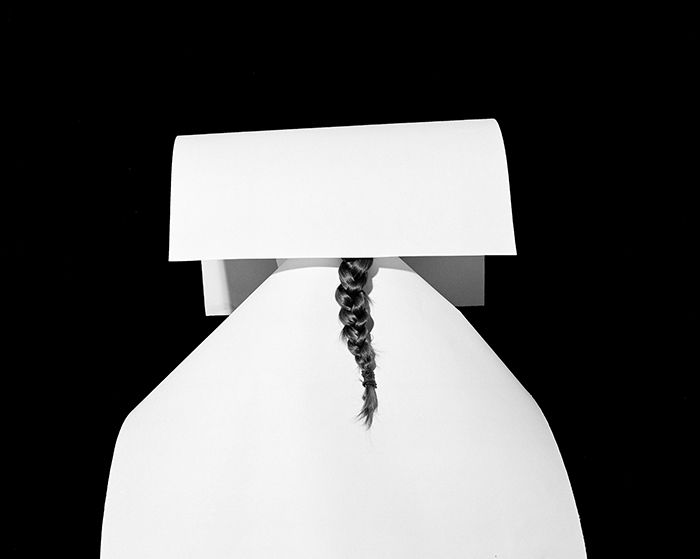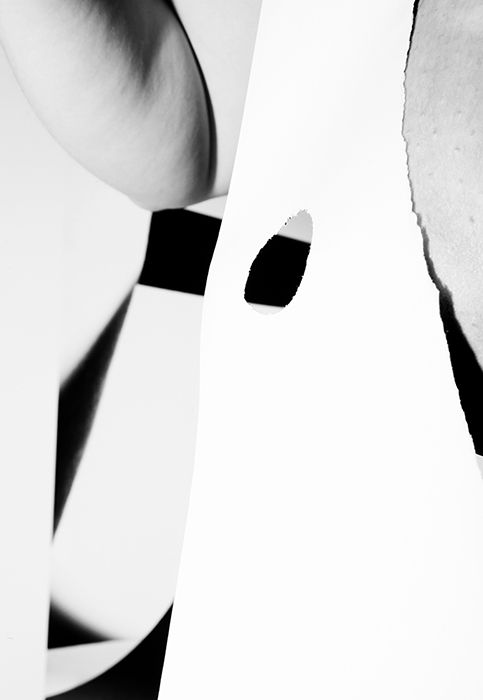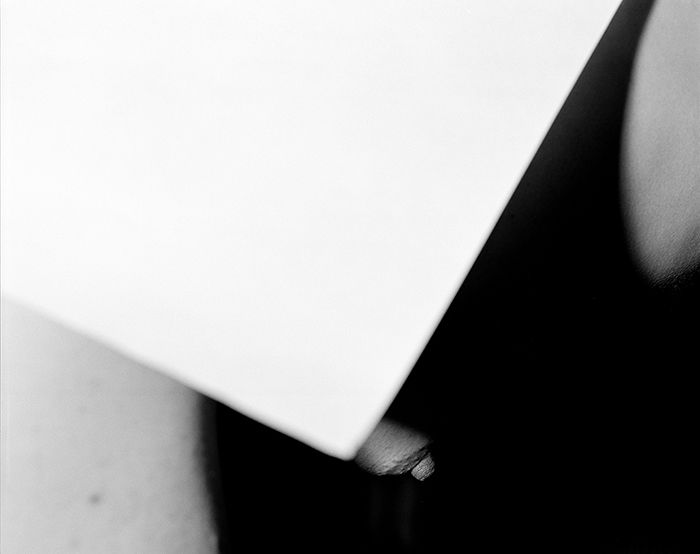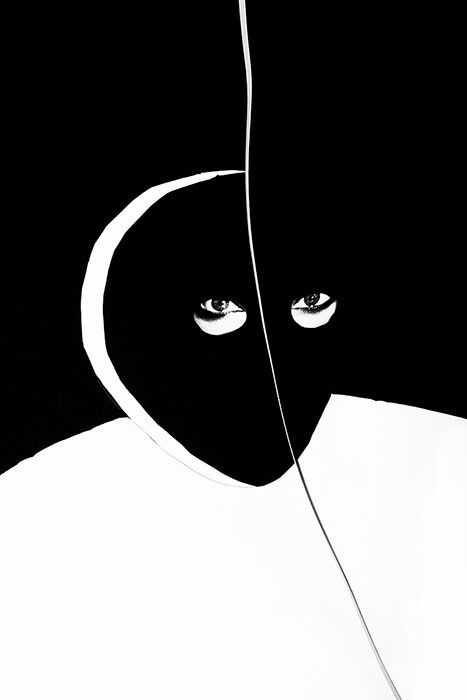blog
Interview with photographer Patricia Voulgaris
F-Stop Magazine: How did you first become involved in photography and what led to you working in this medium as an artist?
Patricia Voulgaris: I became interested in photography as a medium when I took my first photography class in high school. I instantly fell in love with photography when I developed my first photograph in the darkroom. There was something about the ritual process that intrigued me. The quality, control and richness of a traditional black and white print was very appealing. I have been taking/creating photographs for seven years now.
F-Stop: What is this project (Fragments) about and what inspired you to make this work?
PV: Throughout Fragments, I focus on how memories become abstracted and distorted over time. When one considers the past, their memory of a certain person or place is often fragmental. However, people can remember certain distinct qualities about an individual or a particular place. Time passes, recollections fade and become broken down into simple forms, shapes, and patterns. These forms are what hold memories together. Photograph’s provide people with the ability to recall a particular moment in time. But are memories stronger than photograph’s? Through this continual process, I first re-construct and then deconstruct personal memories. Negative space distorts the original image, creating an ambiguous graphic form. Each image becomes fragmented, similar to the nature of old memories.
F-Stop: On your website’s about page you have text from Roland Barthes’ “Camera Lucida,” can you talk about how this section of text informs your work “Fragments”?
PV: I came across this passage while reading “Camera Lucida” and it seemed to sum up my current working methods. Barthes mentions enlarging, decomposing, and the “truth” when looking at the Winter Garden Photograph. He brings up an interesting question about photography. Many photographers attempt to create “truthful” photographs. Some would argue that this is a very difficult task to prove in photography. By enlarging, and decomposing the image, Barthes attempts to find truth in an image. He later realizes that no matter how hard he looks, he discovers nothing. Not only does memory play an important part in “Fragments”, but so does the concept of “truths” and the methods we use to scrutinize an image.
F-Stop: Do you have a favorite image from the “Fragments” series? If so, which one and why is it the image that speaks to you most?
PV: Currently my favorite image from “Fragments” is titled “Braid”. It is the very first image I created for this series. I constantly analyze the photograph and admire its beauty and form.
F-Stop: What do you hope people see or feel or perhaps learn when they look at your photographs?
PV: I hope people will appreciate the time and energy I put into creating my images.
F-Stop: What photographers or other artists inspire you?
PV: Photographers such as, Thomas Demand, Daniel Gordon, Nan Goldin, Peter Hujar, Man Ray, Roger Ballen, Laszlo Moholy-Nagy and so forth.
F-Stop: What are you working on now?
PV: I recently received a residency from The Camera Club of New York, and I will be working on a new body of work there. I am thrilled to get back in the darkroom.
For more of Patricia Voulgaris’ work: patriciavoulgaris.com
Events by Location
Post Categories
Tags
- Abstract
- Alternative process
- Architecture
- Artist Talk
- Biennial
- Black and White
- Book Fair
- Car culture
- Charity
- Childhood
- Children
- Cities
- Collaboration
- Community
- Cyanotype
- Documentary
- Environment
- Event
- Exhibition
- Faith
- Family
- Fashion
- Festival
- Film Review
- Food
- Friendship
- FStop20th
- Gender
- Gun Culture
- Hom
- home
- journal
- Landscapes
- Lecture
- Love
- Masculinity
- Mental Health
- Museums
- Music
- Nature
- Night
- nuclear
- Photomontage
- Plants
- Podcast
- Portraits
- Prairies
- Religion
- River
- Still Life
- Street Photography
- Tourism
- UFO
- Water
- Zine







Leave a Reply